by William Welsh
The crews of the British longboats had to fight the elements as much as the French to get ashore at Cormorandiere Cove a short distance southwest of the fortress of Louisbourg on June 8, 1758, but somehow they completed their mission, thanks to the gifted leadership of Brig. Gen. James Wolfe.
British expeditions against Louisbourg the two previous years had failed, which served to heighten Wolfe’s achievement getting the 40th Foot and 78th Highlanders of his division ashore that blustery day. The French contested the amphibious landing to no avail. It is remembered today as one of the most important achievements of the 1758 Siege of Louisbourg.
[text_ad]
Just like when William Pepperrell’s New England militia landed in the same general vicinity on May 11, 1745, simply getting ashore was no guarantee of victory. But Pepperell’s force of colonial Americans prevailed. The second time around a much larger force of British faced the same daunting task in which they had to battle the elements as much as the enemy.
Fortifying Gabarus Bay, Then To Lighthouse Point
Nevertheless, the British were determined to capture the fortress because it barred the entrance to the St. Lawrence River. While it remained in French hands, it thwarted their strategic goal of capturing Quebec.
Over the next 11 days, Wolfe gradually forced the French back toward the fortress. First, he established a fortified camp at Gabarus Bay, which served as a secure landing area for upwards of 12,000 British regulars. Next, Wolfe wrested control of Lighthouse Point from the French.
The actual siege began on June 19. The first part of the siege consisted of a slugfest between the British guns at Lighthouse Point and the French guns on Battery Island in the harbor. The French guns were at a decisive disadvantage since they were at a lower level, and this had a lot to do with the British winning the harbor gunnery contest.
Tightening the Noose on the French
After that, the British set about tightening the noose. Although the French had ships in the harbor, they were forced to pull closer to shore after the destruction of the island battery. While the British batteries at Lighthouse Point engaged guns mounted on various sea-facing bastions of the fortress, Wolfe on June 26 secured the key position at Green Hill behind Louisbourg.
Overall command of the attack was the responsibility of British Maj. Gen. Jeffrey Amherst. Although not a gifted tactician, he was a logistical powerhouse. He made sure that Wolfe’s men had what they needed, and that the numerous British siege works and batteries strategically placed around Louisbourg were furnished with ample shells. What is more, he worked closely and amicably with British Vice-Admiral Edward Boscawen to ensure the success of the intra-service expedition.
The British methodically expanded their siege works during the next 30 days. Another pivotal event in the siege was the destruction of a large part of the fort on July 22 as a result of British shelling. Four days later, a large force of British sailors and marines boarded and sunk two French ships of the line. That same day, the French capitulated.
To make sure there was nothing left of Louisbourg for the French to recapture before the end of the war, which lasted five more years, the British crown sent a small army of miners to Louisbourg in 1760 with orders to demolish the fortress. They performed their work admirably.
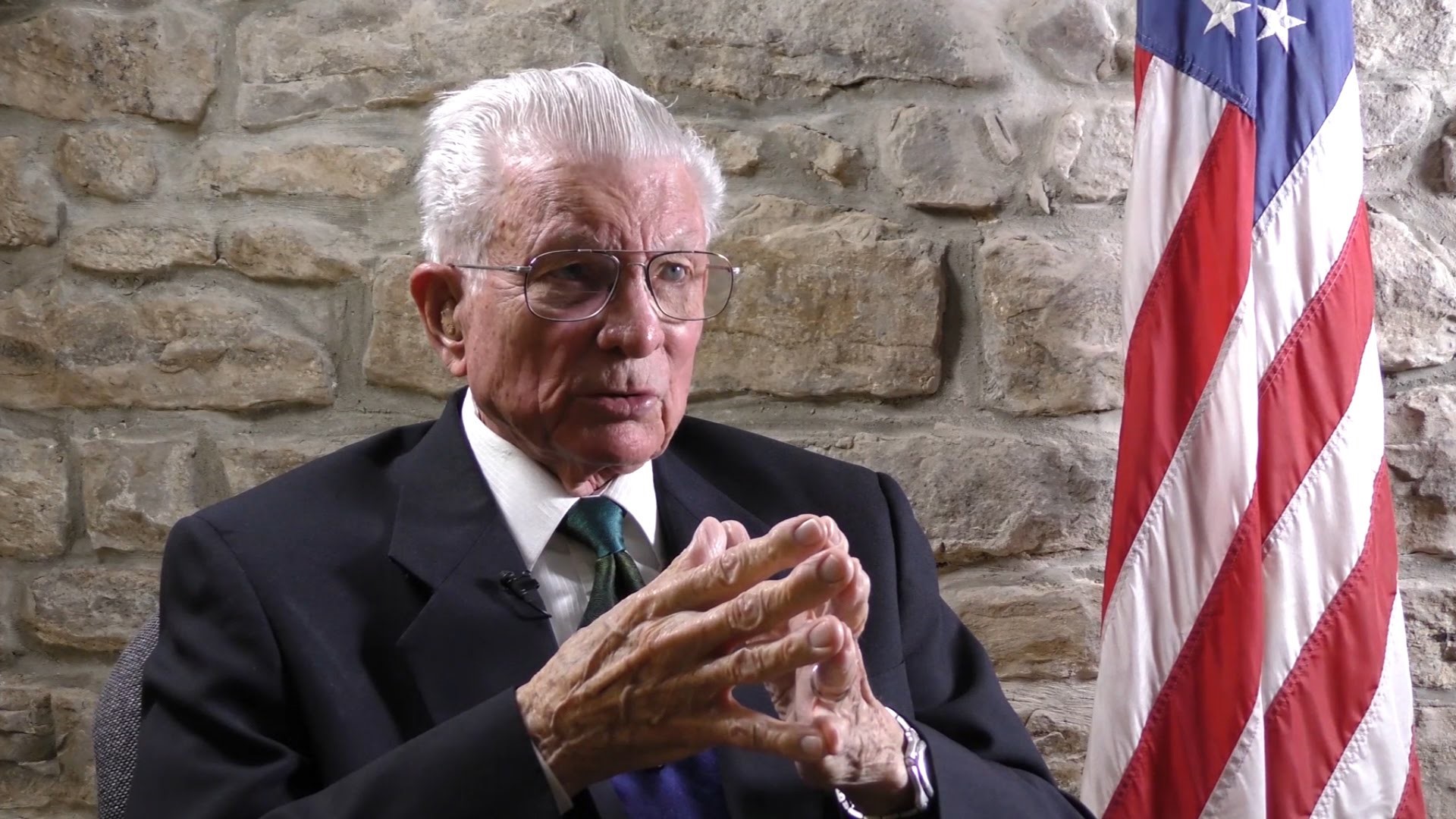
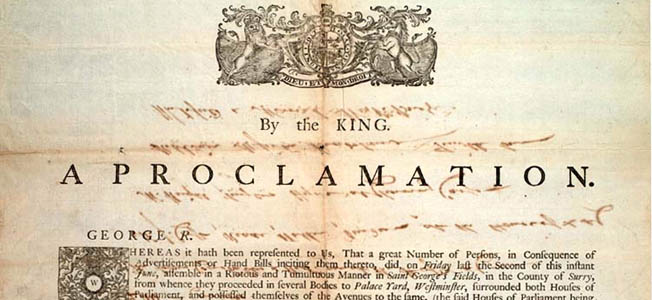

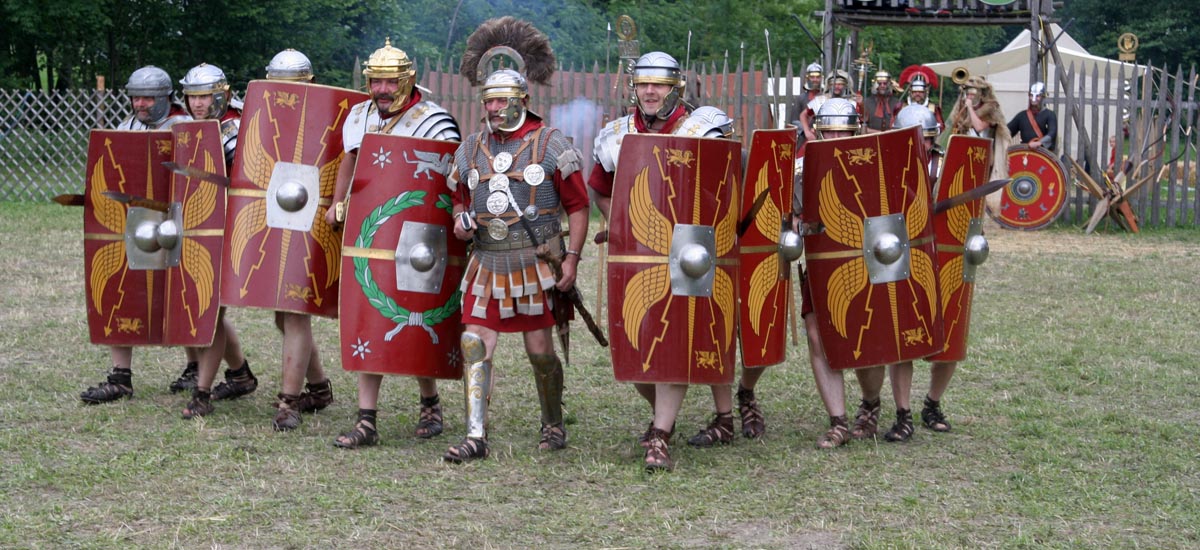
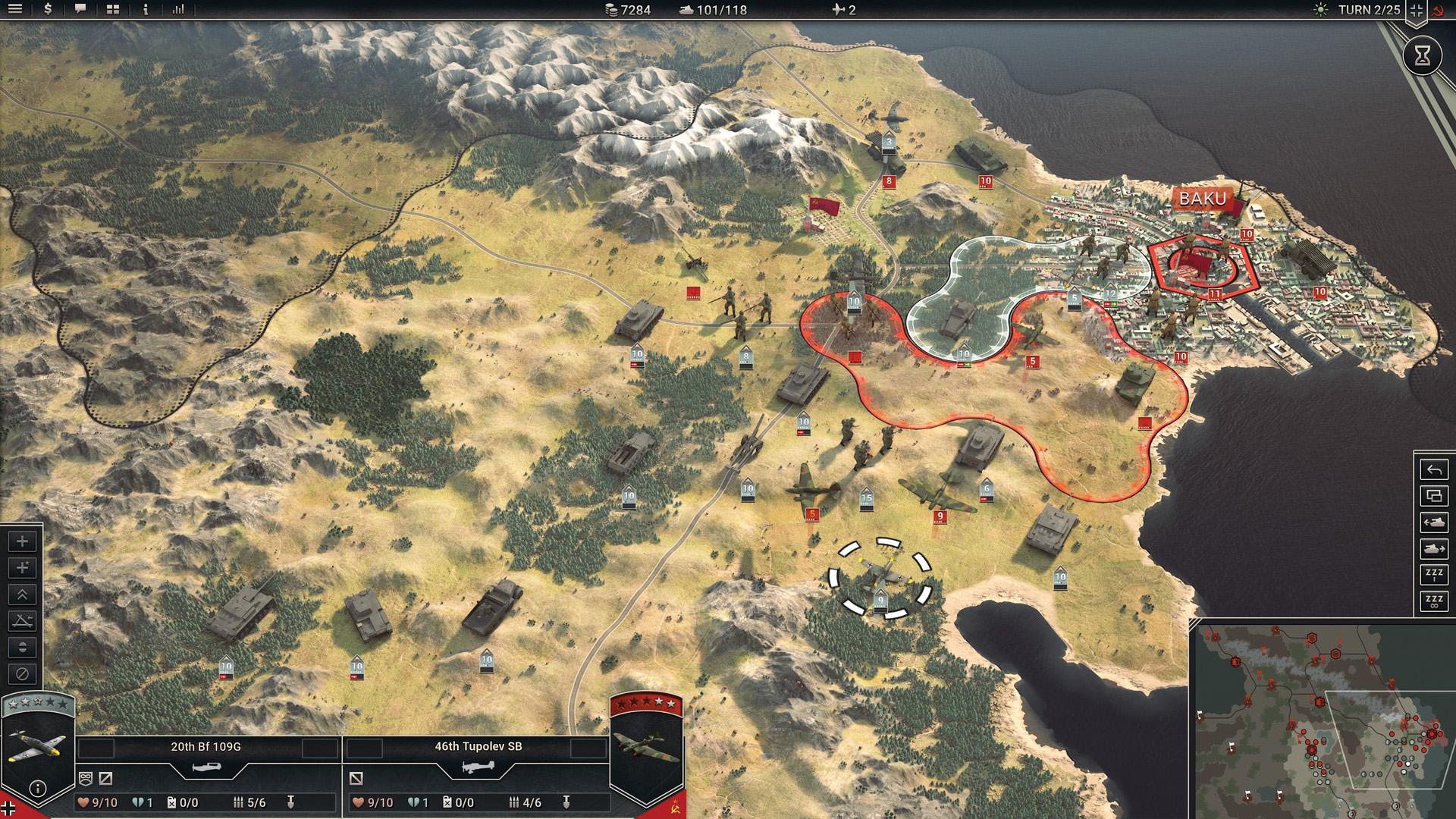
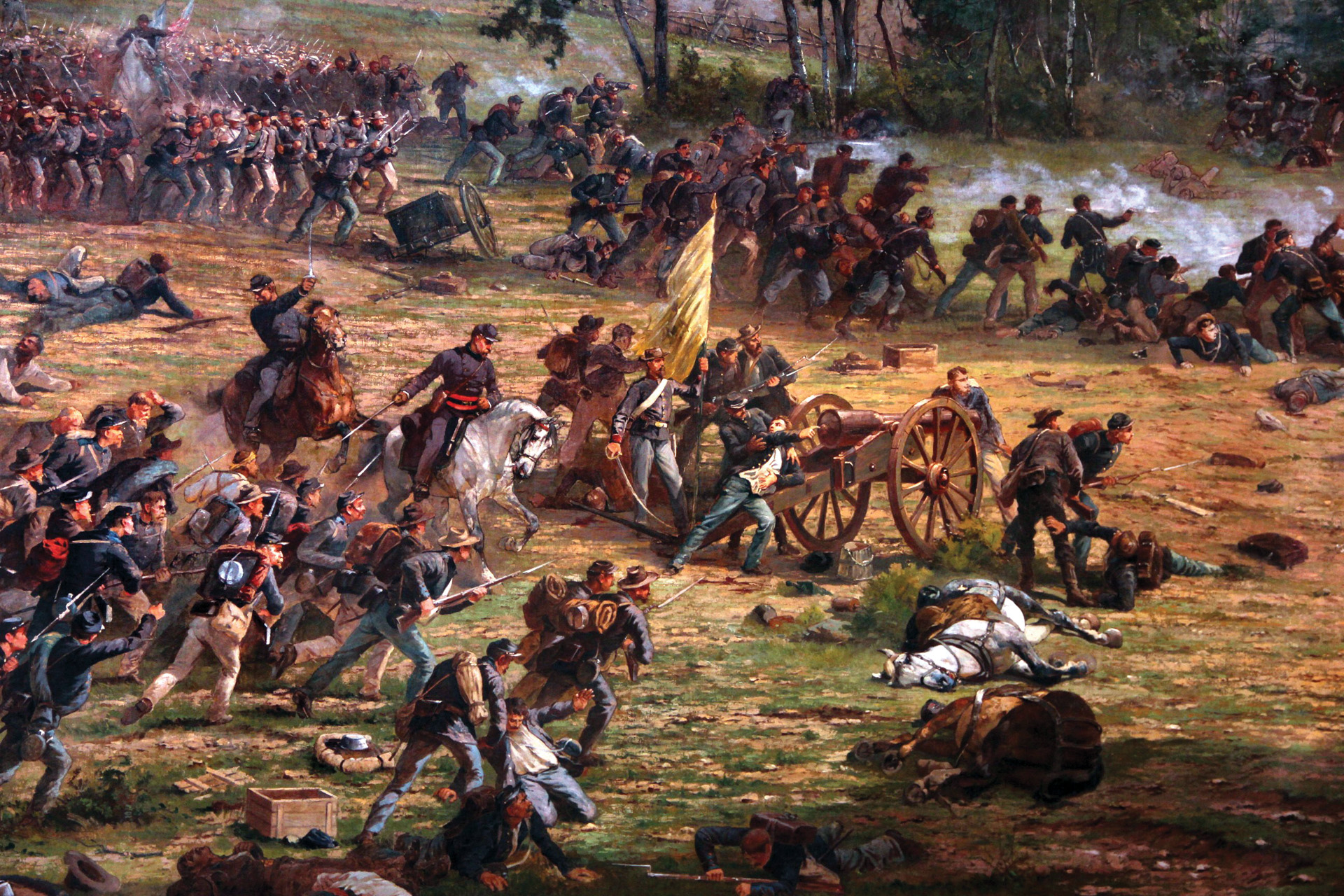

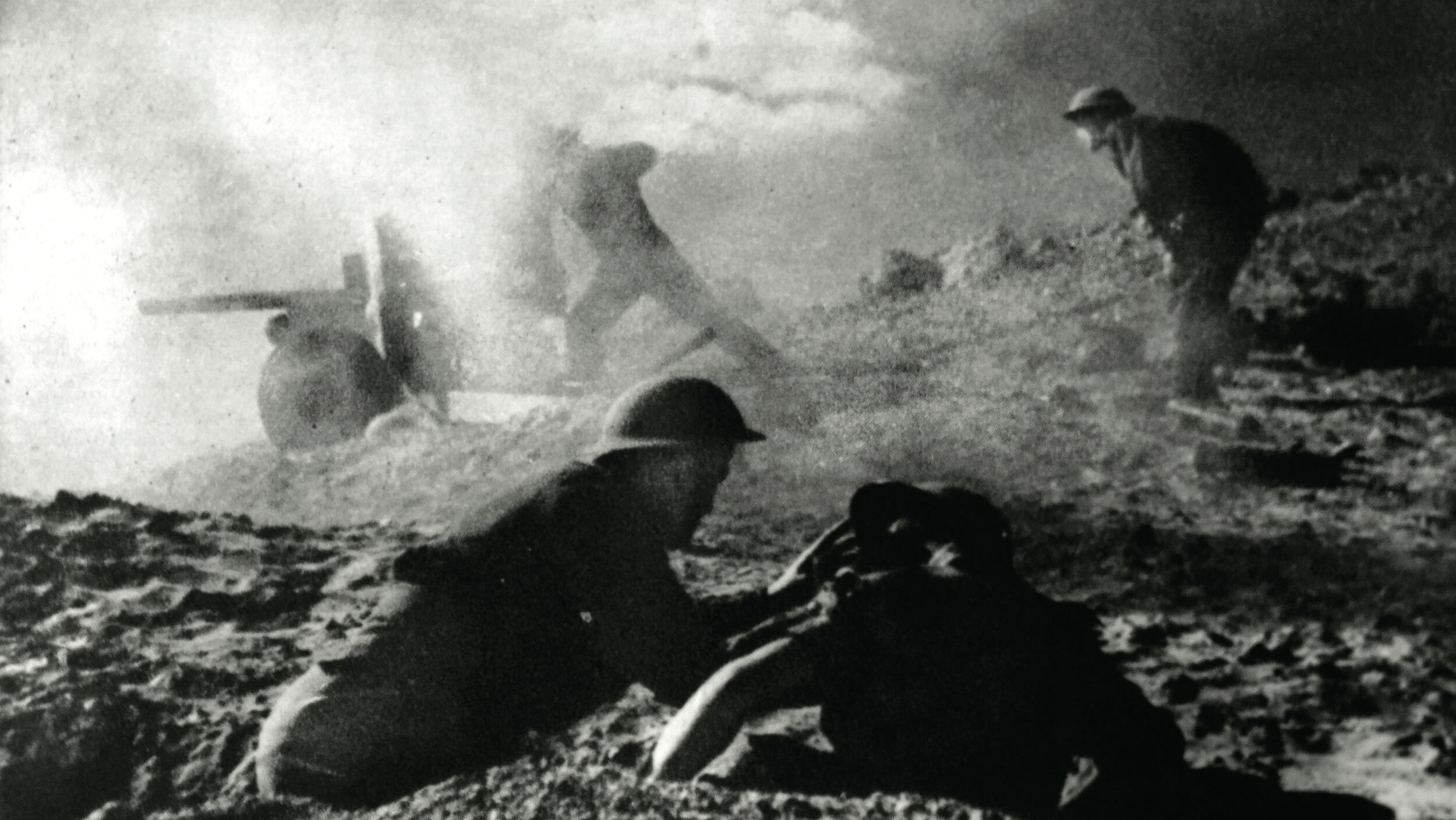
Join The Conversation
Comments